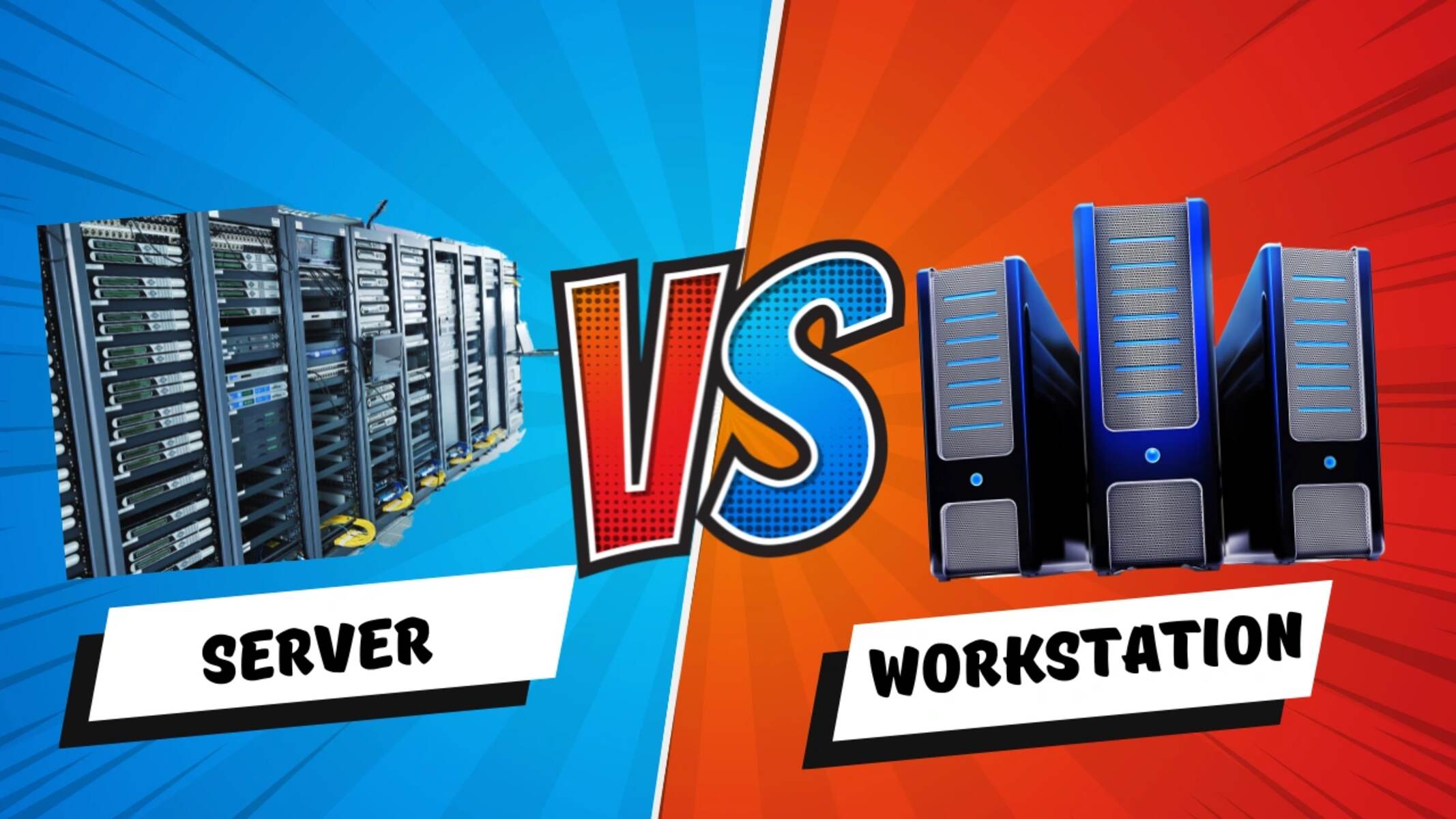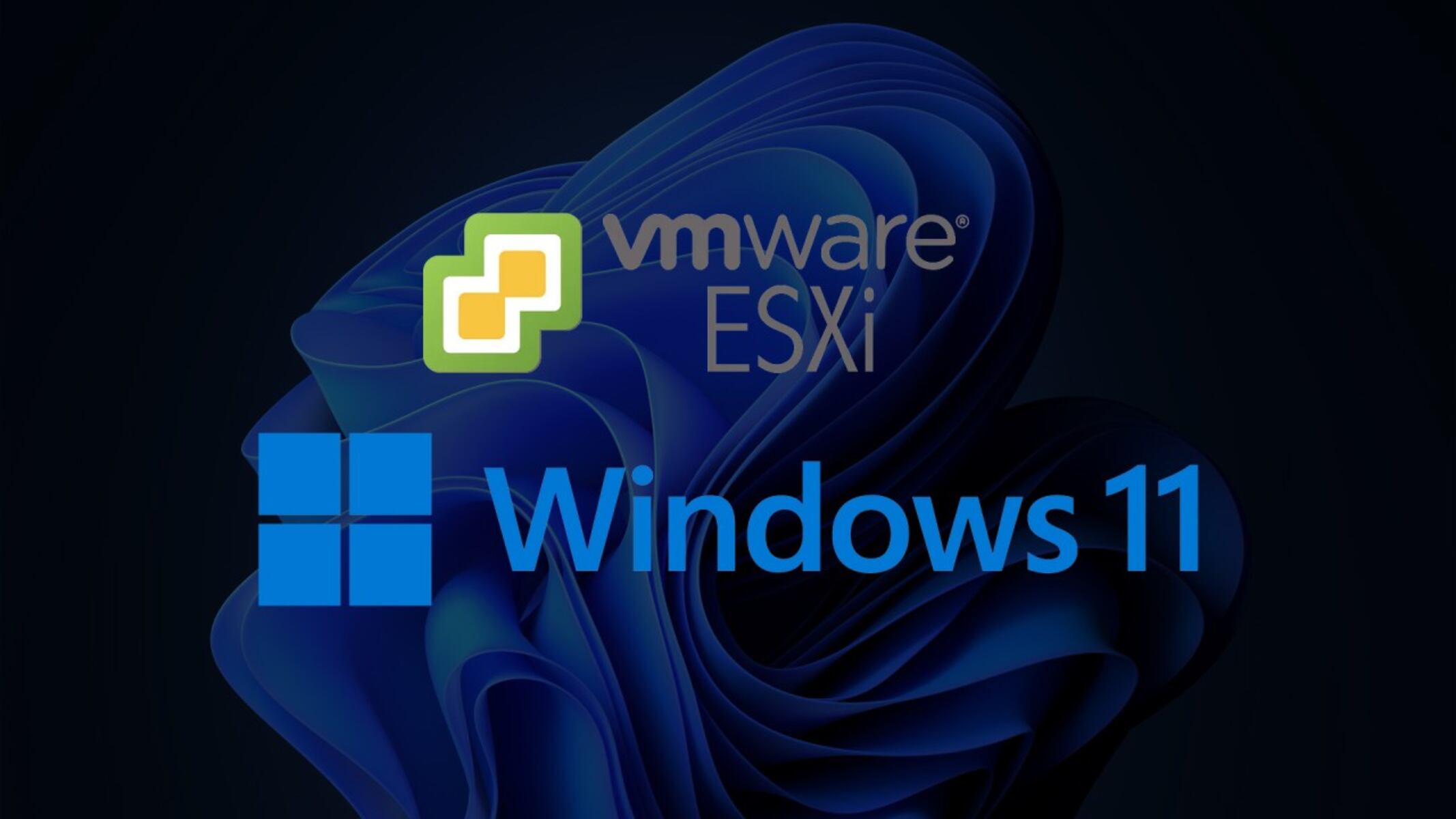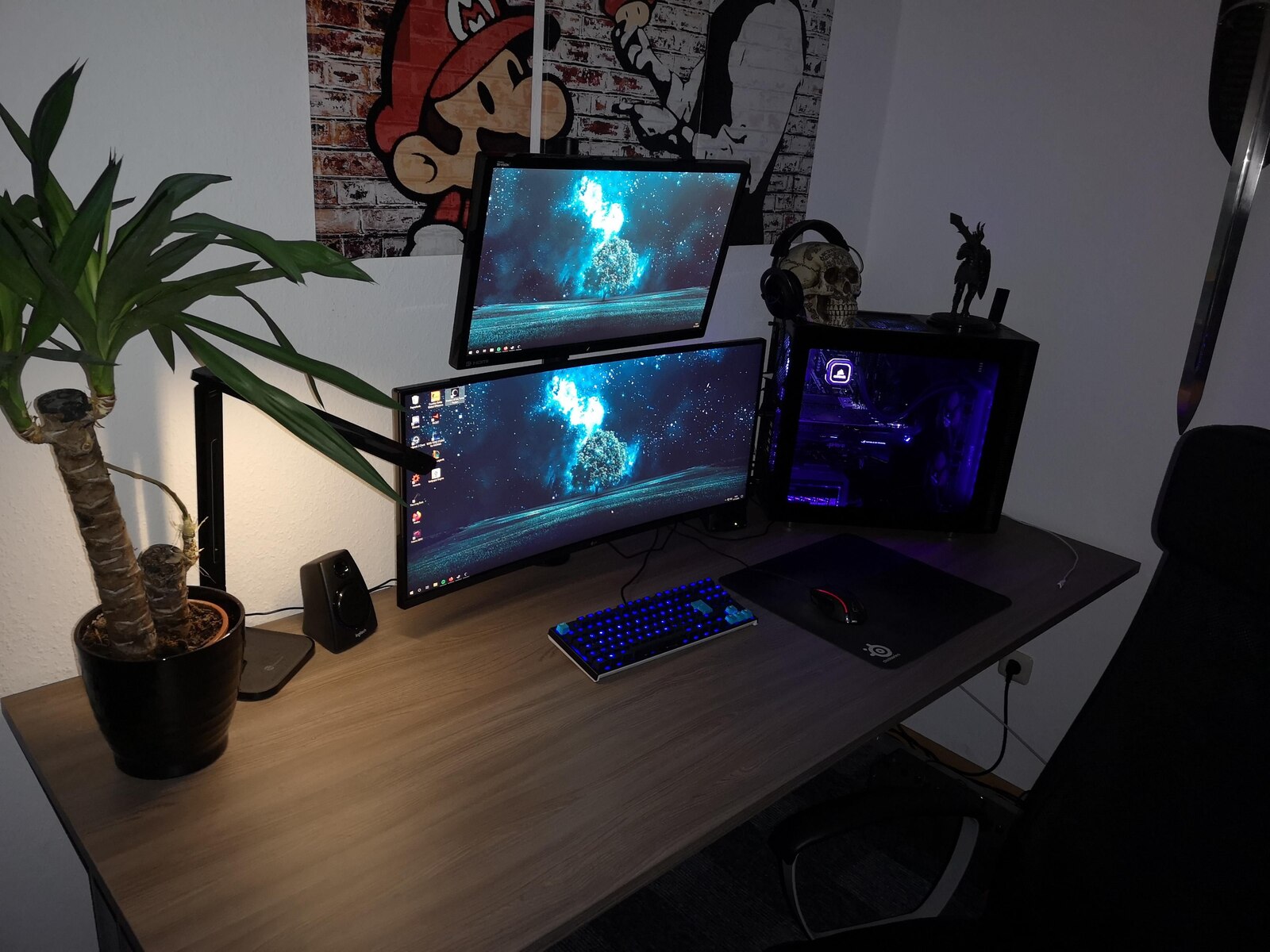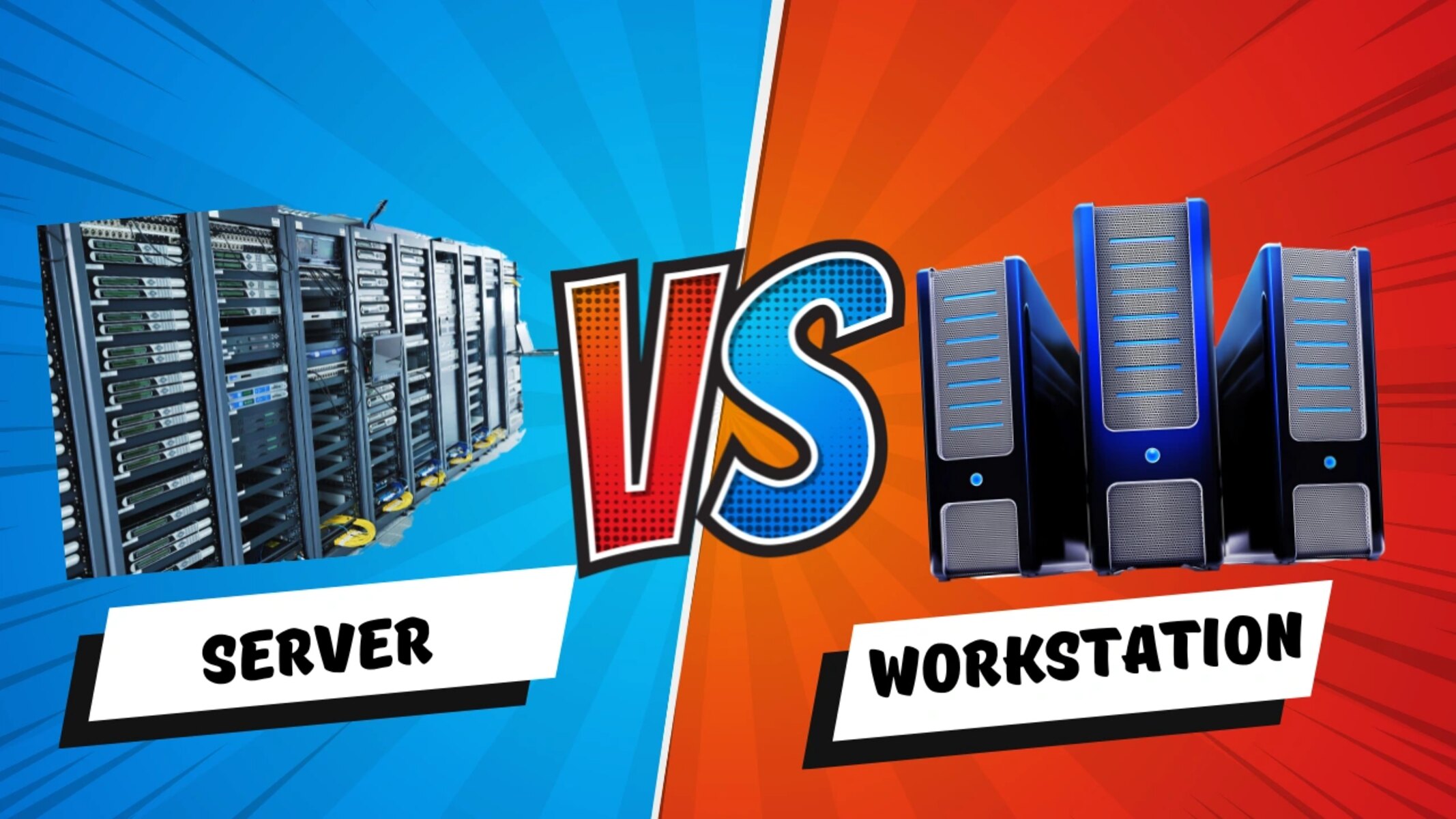Introduction
Welcome to our detailed guide on workstations and servers! In today’s technologically advanced world, these two terms are commonly used, but what exactly do they mean? What sets them apart from each other? By understanding their definitions and characteristics, you can make informed decisions when it comes to choosing the right solution for your needs.
A workstation is a high-end computer system designed for performing tasks that require substantial processing power, such as graphic design, video editing, and computer-aided design (CAD). It is typically equipped with advanced hardware components and specialized software to deliver optimal performance and productivity. On the other hand, a server is a central device or computer program that manages network resources and provides services to other devices, known as clients, on the network.
While workstations and servers may share some similarities, they differ significantly in terms of their primary functions, hardware configurations, and usage scenarios. Understanding these differences will enable you to make the best choice for your specific needs.
In the following sections, we will explore in detail the characteristics of workstations and servers, the different types available, and the key differences between them. We will also provide insights on how to choose between a workstation and a server, depending on your requirements. So, let’s dive in and discover the fascinating world of workstations and servers.
Definition of Workstation and Server
A workstation is a high-performance computer system that is designed for individual users or professionals to perform complex tasks that require substantial processing power. It is typically equipped with advanced hardware components, such as a powerful processor, large amounts of RAM, high-end graphics card, and fast storage devices. Workstations are commonly used in industries like graphic design, video editing, engineering, architecture, and scientific research.
A server, on the other hand, is a computer or device that manages and shares resources, data, and services across a network. It is designed to handle multiple simultaneous connections and requests from clients. Servers are responsible for tasks such as file sharing, web hosting, database management, email hosting, and more. They are often more powerful and have higher storage capacities than regular computers as they need to handle heavy workloads and ensure continuous availability of services.
Both workstations and servers are integral parts of modern computing infrastructure. They serve different purposes and are optimized for specific tasks.
Workstations are tailored to deliver high-performance computing capabilities to individual users. They provide the necessary power and specialized software for tasks like 3D modeling, animation, rendering, and simulation. Workstations offer advanced graphics and processing capabilities, allowing professionals to work with complex data sets and perform compute-intensive tasks efficiently. They are built with reliability and scalability in mind.
In contrast, servers are designed to be the foundation of large-scale network environments. They are responsible for managing and distributing resources, data, and services across multiple clients or users. Servers offer high-speed data transfer, robust security features, and enhanced storage capacity to handle the demands of numerous connected devices. They are optimized for improved uptime, data redundancy, and efficient processing of multiple requests concurrently.
In summary, workstations are high-performance computers designed for professionals who require exceptional processing power for demanding tasks, while servers are dedicated devices or programs that manage network resources and provide services to clients. Understanding the definitions and functionalities of workstations and servers helps in determining which solution is most suitable for specific computing needs.
Characteristics of a Workstation
Workstations are known for their impressive performance and specialized features that cater to the needs of professionals in various industries. Here are some key characteristics that distinguish workstations from regular desktop computers:
- Processing Power: Workstations are equipped with powerful processors, often multi-core or even dual-processor configurations, capable of handling complex calculations and data-intensive tasks efficiently. This enables professionals to work with large datasets, perform simulations, render graphics, and run resource-intensive applications smoothly.
- Graphics Capabilities: Workstations are equipped with advanced graphics cards designed to handle complex 2D and 3D rendering tasks. These high-end graphics cards offer dedicated memory and parallel processing capabilities, allowing professionals in industries like animation, CAD, and scientific visualization to work with intricate visual data.
- Memory and Storage: Workstations generally have large amounts of RAM, ensuring smooth multitasking and efficient data processing. Additionally, they offer fast and spacious storage options, such as solid-state drives (SSDs) or high-capacity hard disk drives (HDDs), to accommodate large files and facilitate quick access to data.
- Certifications and Optimized Software: Workstations often come with certifications from software vendors, ensuring compatibility and optimized performance for industry-standard applications like Adobe Creative Suite, Autodesk, and Dassault Systèmes. These certifications guarantee that the software will run smoothly on the workstation’s hardware, enabling professionals to work with confidence.
- Reliability and Durability: Workstations are built to withstand intensive workloads and extended usage. They are designed with higher-quality components and undergo rigorous testing to ensure reliability and durability. This reduces the risk of hardware failures and minimizes downtime, allowing professionals to focus on their work.
- Expandability and Connectivity: Workstations often feature additional expansion slots, allowing users to add more memory, storage, or specialized hardware as needed. They also offer a wide range of connectivity options, including USB ports, Thunderbolt ports, and network interfaces, to accommodate various peripherals and connect to external devices.
- Enhanced Cooling and Quiet Operation: Workstations are designed to handle the heat generated by powerful processors and graphics cards. They come equipped with advanced cooling systems to dissipate heat efficiently, ensuring that the workstation operates at optimal temperatures. Additionally, they are engineered to minimize noise levels, providing a quiet working environment.
These characteristics make workstations a reliable and powerful choice for professionals who require top-notch performance for demanding tasks. From graphic designers to engineers, workstations offer the capabilities needed to handle complex projects efficiently and effectively.
Characteristics of a Server
Servers are the backbone of modern network infrastructure, providing essential services to clients and managing network resources. They possess unique characteristics that differentiate them from regular desktop computers. Here are the key characteristics that define servers:
- Processing Power and Scalability: Servers are designed to handle heavy workloads and multiple simultaneous requests. They are equipped with high-performance processors and often support multi-processor configurations to deliver fast and efficient processing capabilities. Servers are capable of scaling resources to accommodate growing demands, whether it’s an increase in users or the handling of larger datasets.
- Reliability and Redundancy: Servers are built with a focus on reliability and uninterrupted service. They utilize redundant components such as power supplies, storage devices, and network interfaces, which ensure that if one component fails, the server can continue to operate without interruption. This redundancy minimizes downtime and boosts overall system availability.
- Storage Capacity: Servers offer extensive storage capabilities to handle vast amounts of data. They are designed to accommodate multiple hard drives, often organized in RAID arrays to improve performance and data redundancy. Servers may also support hot-swappable drive bays, allowing for easy maintenance and expansion of storage capacity without disrupting operations.
- Network Connectivity: Servers are equipped with multiple network interfaces, enabling them to handle high volumes of network traffic. They have fast Ethernet or even faster network interfaces such as Gigabit Ethernet or 10 Gigabit Ethernet. Some servers also offer specialized interfaces like Fibre Channel or InfiniBand for efficient data transfer in storage area networks (SANs) or high-performance computing (HPC) environments.
- Operating System and Server Software: Servers typically utilize specialized operating systems, such as Windows Server or various distributions of Linux, optimized for networking, resource management, and security. They also run server-specific software applications, such as web servers, database servers, mail servers, and file servers, to provide services to clients across the network.
- Security Features: Servers have robust security measures in place to protect sensitive data and prevent unauthorized access. These include features like secure remote management interfaces, firewalls, intrusion detection and prevention systems, and encryption technologies. Servers are regularly updated with security patches and managed centrally to ensure the highest level of security.
- Remote Management: Servers often come with remote management capabilities, allowing administrators to monitor and control them from a centralized location. This enables efficient management, troubleshooting, and configuration changes, minimizing the need for physical access to the server.
These characteristics make servers essential for businesses and organizations that require centralized management of network resources, data storage, and the provision of services to clients. From hosting websites to managing databases and handling enterprise applications, servers play a crucial role in ensuring efficient and reliable network operations.
Types of Workstations
Workstations come in various forms, each catering to specific industry requirements and specialized tasks. Here are some common types of workstations:
- Graphic Design Workstations: These workstations are tailored for professionals in the graphic design industry. They offer powerful processors, high-end graphics cards, and color-accurate displays to handle tasks like image editing, digital illustration, and print design.
- Video Editing Workstations: Designed for video editors and filmmakers, these workstations are equipped with powerful processors, high-capacity storage, and dedicated graphics cards optimized for smooth video editing and rendering. They often support multiple displays for efficient workflow management.
- CAD/CAM Workstations: CAD/CAM workstations are specifically designed for engineers, architects, and product designers working with computer-aided design and manufacturing. These workstations emphasize precise modeling capabilities, advanced visualization, and compatibility with industry-standard software.
- Scientific and Research Workstations: Scientific and research workstations are built to handle complex simulations, data analysis, and scientific research. They feature high-performance processors, large amounts of RAM, and GPUs for tasks like genetic research, computational chemistry, and physics simulations.
- Animation and VFX Workstations: Workstations for animation and visual effects (VFX) professionals focus on delivering the computational power required for rendering and manipulating complex 3D models and animations. They are equipped with multicore processors, large amounts of RAM, and high-end graphics cards to handle heavy rendering workloads.
- Gaming Workstations: Gaming workstations are designed for hardcore gamers who require high-performance hardware and immersive gaming experiences. These workstations feature powerful processors, dedicated graphics cards, and high-refresh-rate displays to handle demanding games with smooth frame rates.
- Virtualization Workstations: Virtualization workstations are optimized for running multiple virtual machines simultaneously. They have robust processing capabilities, ample RAM, and efficient storage systems to host and manage multiple virtual environments securely.
- Audio Production Workstations: These workstations are tailored for audio engineers and music producers. They are equipped with powerful processors, professional-grade sound cards, and high-quality speakers or headphones to ensure accurate sound production and mixing.
These are just a few examples of the types of workstations available. It’s important to identify the specific needs and requirements of your industry to choose the right workstation that will enhance productivity and deliver optimal performance in your field.
Types of Servers
Servers come in various types, each serving a specific purpose and catering to different needs within a network environment. Here are some common types of servers:
- File Servers: File servers are used to store and manage files on a network. They allow users to access and share files, ensuring centralized file management and secure data storage.
- Web Servers: Web servers are responsible for hosting websites and serving web pages to clients that request them. They handle HTTP requests, process scripts, and deliver web content to web browsers. Popular web server software includes Apache HTTP Server, Nginx, and Microsoft Internet Information Services (IIS).
- Database Servers: Database servers store and manage databases, providing a centralized location for storing and accessing data. They handle database management systems (DBMS) like MySQL, Oracle, PostgreSQL, or Microsoft SQL Server, allowing clients to perform database operations.
- Application Servers: Application servers facilitate the deployment and management of applications in a networked environment. They provide middleware services and infrastructure to host and execute applications for multiple clients, enabling efficient application delivery and scalability.
- Email Servers: Email servers handle the storage, sending, receiving, and routing of email messages across the network. They utilize protocols like SMTP (Simple Mail Transfer Protocol) and POP/IMAP (Post Office Protocol/Internet Message Access Protocol) to manage email communications.
- Print Servers: Print servers manage printing services within a network. They centralize print queues, handle print job scheduling, and manage printer access, allowing multiple clients to send print jobs to network printers efficiently.
- File Transfer Protocol (FTP) Servers: FTP servers enable the transfer of files between clients and servers over a network. They provide a secure and controlled method for users to upload and download files using FTP or secure FTP (SFTP) protocols.
- Virtualization Servers: Virtualization servers enable the creation and management of virtual machines (VMs) on a physical server. They run virtualization software like VMware ESXi, Microsoft Hyper-V, or KVM (Kernel-based Virtual Machine) and allow multiple operating systems and applications to run simultaneously on a single server.
- Domain Name System (DNS) Servers: DNS servers facilitate the translation of human-readable domain names into IP addresses. They maintain DNS records and respond to client requests, ensuring efficient domain name resolution on the network.
- Media Servers: Media servers store and stream multimedia content, such as videos, music, and images, across a network. They act as a centralized repository for media files and provide streaming services to clients, enabling media playback on various devices.
These are just a few examples of the types of servers available. Each type serves a specific function within a network environment, contributing to the efficient operation and delivery of services to clients.
Differences between Workstation and Server
While both workstations and servers are essential components of modern computing systems, they possess distinct characteristics and serve different purposes within a network environment. Here are the key differences between workstations and servers:
- Primary Function: Workstations are designed for individual users or professionals to perform resource-intensive tasks, such as graphic design, video editing, or CAD. Servers, on the other hand, are dedicated devices or programs that manage network resources, provide services, and facilitate communication between clients.
- Hardware Configuration: Workstations are optimized for high-performance computing. They feature powerful processors, advanced graphics cards, ample RAM, and fast storage devices to deliver optimal performance for demanding tasks. Servers prioritize reliability, scalability, and redundancy. They typically have multiple processors, extensive storage capacities, redundant power supplies, and network interfaces to handle large workloads and ensure continuous operation.
- Usage Scenario: Workstations are used by individuals or small teams for specific tasks that require significant computing power. They are typically used in creative industries like design, animation, and engineering. Servers, on the other hand, are deployed in network environments to manage resources and provide services to multiple users or clients simultaneously. They are prevalent in businesses, organizations, and data centers.
- Software and Applications: Workstations are equipped with specialized software and applications tailored for specific industries. These may include graphic design software, video editing suites, CAD programs, or scientific analysis tools. Servers run specialized server operating systems and software designed for managing network resources, providing services, and hosting applications like web servers, database servers, or file servers.
- Connectivity and Network Management: Workstations are primarily standalone units that connect to the network for internet access or file sharing. They usually operate as clients within a network environment. Servers, on the other hand, have multiple network interfaces and are responsible for managing and facilitating network communication. They handle requests, distribute resources, and ensure efficient data transfer across the network.
- Scalability and Expandability: Workstations are typically designed as standalone systems and have limited scalability. While they may have room for adding more memory or storage, their expansion options are often limited. Servers, on the other hand, are built to accommodate scalable growth. They have provisions for adding more processors, memory, storage, or network interfaces to address increasing workloads or user demands.
- Reliability and Uptime: Workstations are reliable for individual use but are not designed for continuous operation or fault tolerance. Servers, however, prioritize reliability and high availability. They are equipped with redundant components, such as power supplies and storage devices, to minimize downtime and ensure uninterrupted services.
Understanding these differences between workstations and servers can help you determine the most appropriate solution for your specific computing needs. Whether you require high-performance computing for demanding tasks or centralized network management and service provisioning, choosing the right system will ensure optimal productivity and efficient resource utilization.
Choosing Between a Workstation and a Server
When deciding between a workstation and a server, it’s important to evaluate your specific requirements and consider the intended use case. Here are some factors to consider when making the decision:
- Task Requirements: Assess the nature of the tasks you will be performing. If you need a high-performance computing system for resource-intensive tasks like graphic design, video editing, or CAD, a workstation would be the most suitable choice. If you require centralized management of network resources, data storage, and service provisioning, a server is the way to go.
- User Count and Simultaneous Connections: Consider the number of users or clients that need to be accommodated. Workstations are designed for individual or small-team use, whereas servers are built to handle multiple simultaneous connections. If you have a large number of users accessing shared resources or require services to be provided to many clients at once, a server is the more suitable option.
- Scalability and Future Growth: Determine if your needs are likely to grow over time. Workstations have limited scalability, while servers are designed to be scalable. If you anticipate an increase in computing demands, users, or data storage requirements, a server provides the flexibility to expand and accommodate future growth.
- Budget Considerations: Evaluate your budget and cost constraints. Workstations are typically more affordable compared to servers, which require additional hardware components, networking equipment, and software licenses. However, it’s important to weigh the long-term benefits and return on investment that a server can provide in terms of improved efficiency, centralized management, and enhanced network capabilities.
- Specialized Software and Applications: Determine if you require industry-specific software or applications. Workstations often come with certifications and optimized software for specific industries like graphic design, engineering, or animation. If you rely heavily on specialized software, a workstation would be the better choice. Servers, on the other hand, prioritize the provision of services and typically run server-specific software for managing network resources, hosting websites, or managing databases.
- Reliability and Uptime: Assess the need for reliable and uninterrupted operation. Workstations are reliable for individual use but are not built for 24/7 operation. Servers, on the other hand, are designed with redundancy and fault tolerance in mind. They offer features like redundant power supplies, storage devices, and network connectivity to ensure high availability and minimize downtime.
Consider each of these factors in the context of your specific requirements to make an informed decision. Whether you choose a workstation or a server, ensure that it aligns with your needs, budget, and growth plans to optimize performance, productivity, and the overall efficiency of your computing infrastructure.
Conclusion
Workstations and servers play distinct roles in the world of computing, each with its own set of characteristics and purposes. Workstations are high-performance computers designed to cater to the needs of professionals in various industries, providing powerful hardware and specialized software for resource-intensive tasks. On the other hand, servers are dedicated devices or programs that manage network resources, facilitate communication, and provide services to clients on the network.
When choosing between a workstation and a server, it’s important to consider factors such as task requirements, user count, scalability, budget, specialized software, and reliability. Workstations are ideal for individuals or small teams needing exceptional processing power for tasks like graphic design, video editing, and CAD. Servers, on the other hand, are suitable for environments that demand centralized resource management, network services, and scalability to accommodate multiple users and handle heavy workloads.
By understanding the differences between workstations and servers, you can make an informed decision that aligns with your specific computing needs. Whether you need a high-performance workstation to enhance productivity in creative or technical fields, or a robust server infrastructure to manage resources and deliver services across a network, selecting the right solution will optimize performance, productivity, and efficiency.
Remember to consider factors such as task requirements, user count and simultaneous connections, scalability, budget constraints, specialized software, and reliability when choosing between a workstation and a server. With the right choice, you can create an effective computing environment that meets your needs today while allowing for future growth and adaptability.
We hope that this guide has provided valuable insights into the differences between workstations and servers, empowering you to make the best decision for your computing infrastructure. Whether your goal is to enhance productivity, scale your operations, or provide reliable services to clients, the right choice awaits you.

























